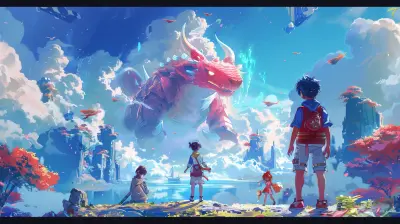The Role of Authentic Cultural Representation in Realistic Games
31 July 2025
When was the last time a video game transported you to a world that felt alive, brimming with authenticity? It’s not just about stunning graphics or engaging gameplay, but also about how deeply the game respects and reflects the cultures it portrays. The role of authentic cultural representation in realistic games has become a significant point of discussion lately—and honestly, it’s about time it did.
Let’s face it, gamers today don’t want hollow stereotypes, caricatures, or surface-level mimicry of real-world cultures. We crave immersive experiences that connect us to the people, traditions, and stories behind the visuals. And for developers, nailing this level of authenticity isn’t just a nice bonus—it’s becoming a core expectation. Why? Because it shapes how we perceive and interact with the game world, and, more importantly, how we connect with the culture being depicted.
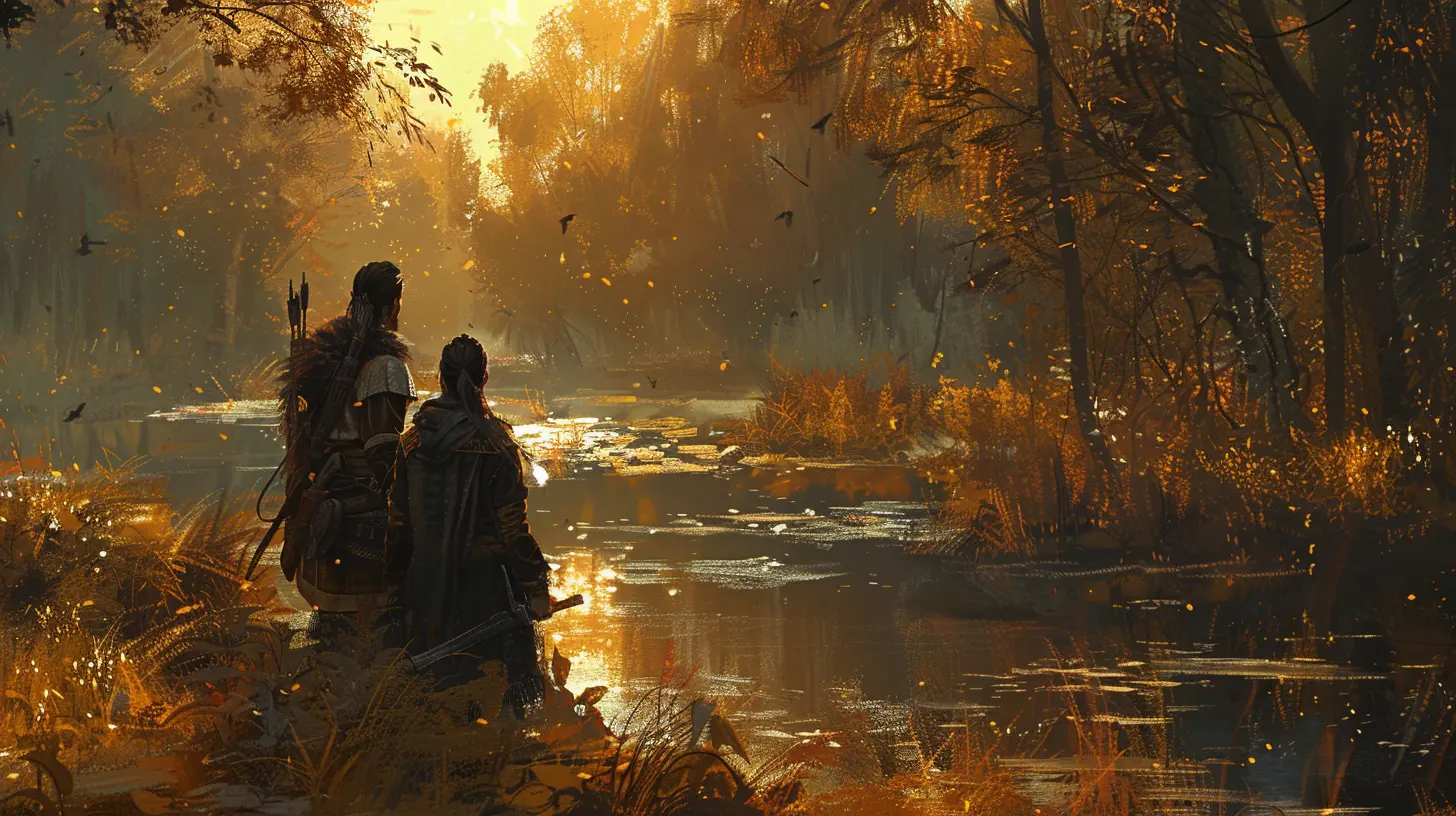
Why Cultural Representation Matters in Games
Think about it—games are a storytelling medium. They have the power to shape narratives, challenge perspectives, and foster empathy. When a game represents a culture authentically, it does more than entertain; it educates, celebrates diversity, and sometimes even dismantles harmful stereotypes.Now, imagine the opposite: a game that showcases a distorted or shallow version of a culture. Feels like a slap in the face, doesn’t it? Not only does it leave a bad taste for players familiar with that culture, but it also misinforms others who rely on these games to learn about the world. Games, like any form of art, carry the responsibility of truth. And that’s where the magic of authentic representation comes into play.
Representation Beyond the Surface
Here’s the thing—authentic cultural representation goes way beyond sprinkling in a few traditional outfits or plastering foreign landmarks on the backdrop. It’s about diving deep into the cultural essence: the values, languages, music, food, rituals, and even the subtle nuances that make a culture what it is.Take Ghost of Tsushima, for example. This 2020 hit wasn’t just a game about samurai slicing through enemies. It was a love letter to Japanese culture. Every detail—from the art of haikus to the sacred torii gates—immersed players in the world of feudal Japan. Sure, it took creative liberties (it’s a game, after all), but the respect and effort behind its cultural representation were palpable. And players noticed. They felt it.
On the flip side, games that don’t do their research tend to fall flat. Remember when Resident Evil 5 faced backlash for its portrayal of Africa? The game stirred controversy for its depiction of African settings and people, which many found to be reductive and tone-deaf. That’s what happens when cultural representation isn’t handled with care—it stings.
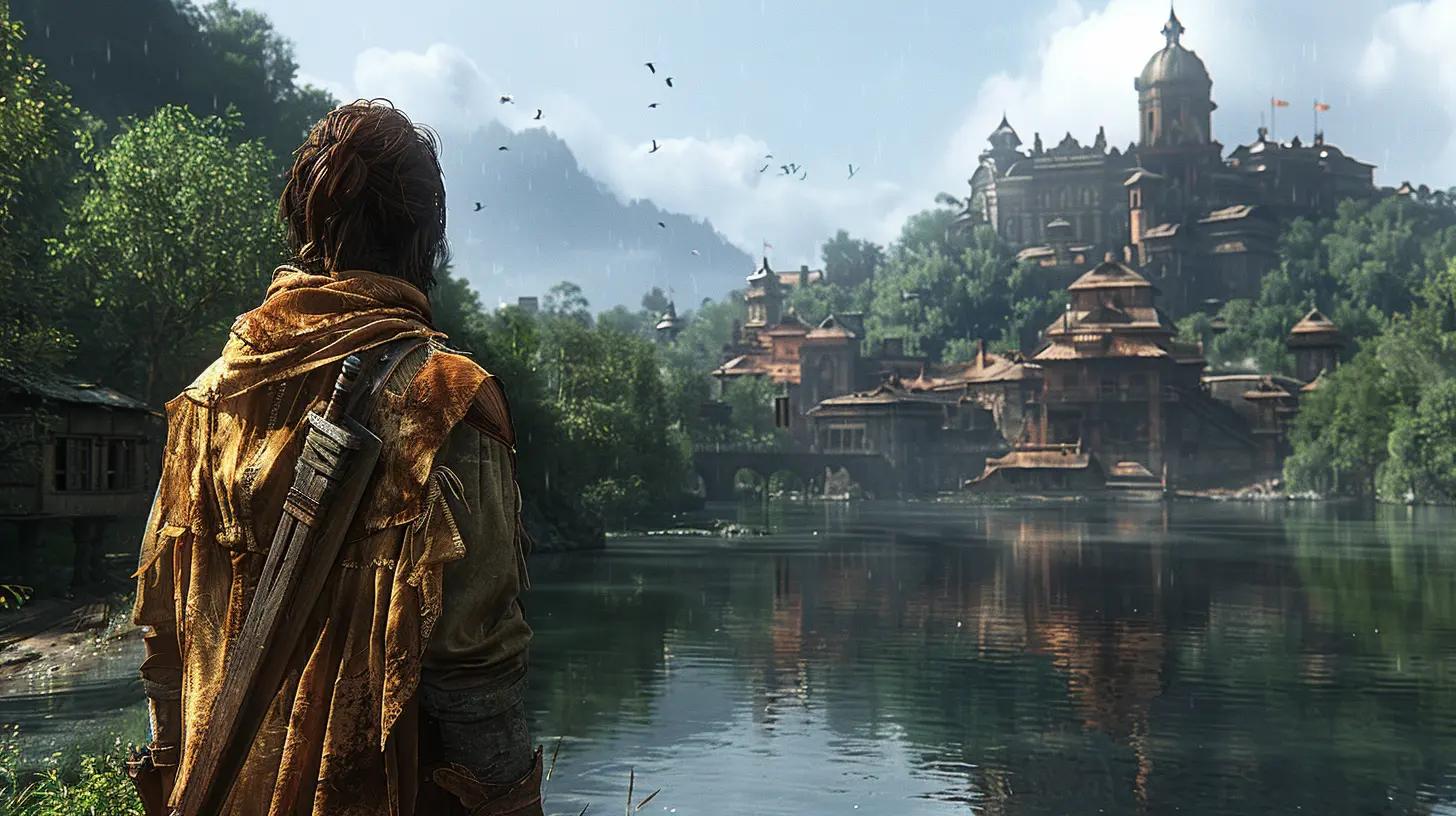
How Developers Can Achieve Authenticity
So, how can developers step up their game (pun intended) when it comes to authentic cultural representation? It’s not rocket science, but it does require effort. Let’s break it down.1. Collaborate with Cultural Experts
Game developers aren’t anthropologists, and that’s okay. But when creating a game rooted in a specific culture, collaborating with cultural historians, anthropologists, or locals is an absolute must. You wouldn’t write a novel about a place you’ve never visited without doing research, right? Games are no different.Take Assassin’s Creed Origins, set in ancient Egypt. Ubisoft worked with historians and Egyptologists to ensure authenticity—whether it was recreating the architecture of the Great Pyramids or capturing the day-to-day life of Egyptians. This collaboration made the game feel not just believable, but alive.
2. Hire Diverse Teams
Representation starts behind the scenes. A diverse team brings varied perspectives to the table, which means fewer blind spots when portraying cultures. If your team lacks people from the culture you’re depicting, chances are, something important will get lost in translation. Let’s not risk that, shall we?3. Pay Attention to Languages and Accents
Ever played a game where non-English characters mysteriously sound like Westerners trying too hard to mimic an accent? Cringe. Language and accents are critical elements of cultural identity. They add authenticity and depth to characters.In The Witcher 3: Wild Hunt, CD Projekt Red sprinkled Slavic cultural influences and Polish folklore into every corner of the game. Even though the characters didn’t speak Polish, the linguistic choices reflected the region’s vibe. That’s the kind of nuance that resonates with players.
4. Embrace the Complexities of Culture
Cultures are multi-faceted—they’re not monoliths. Two people from the same community might have vastly different experiences. A good game reflects these layers. Avoid the one-size-fits-all approach. Showcase diversity within the culture you’re depicting.For instance, Red Dead Redemption 2 didn’t just portray cowboys in cookie-cutter fashion. It dug into issues like Native American displacement, racial tensions, and the varying motivations of its characters, adding depth and realism to its portrayal of America's Wild West.
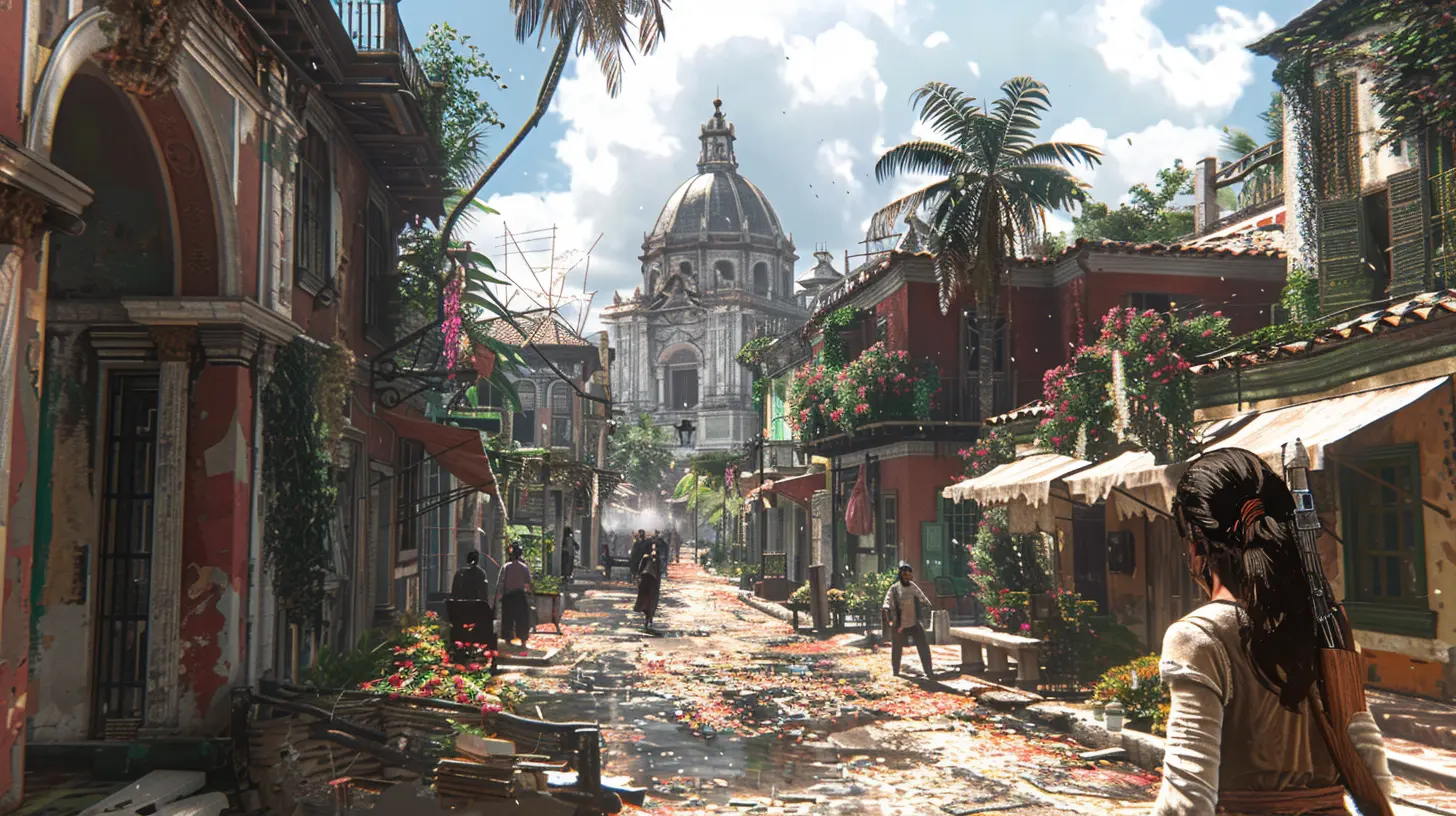
The Challenges of Getting It Right
Let’s be real—it’s not all smooth sailing. Representing cultures authentically in games comes with its own set of challenges. For starters, developers often work with limited time and resources. Balancing creative freedom with cultural authenticity can sometimes feel like walking a tightrope.Then there’s the issue of audience reception. Some players might criticize games for being too political or preachy when they delve into cultural or social issues. But does that mean developers should shy away from representation? Absolutely not. The solution lies in striking a balance—creating a game that’s engaging without compromising the integrity of the culture it showcases.
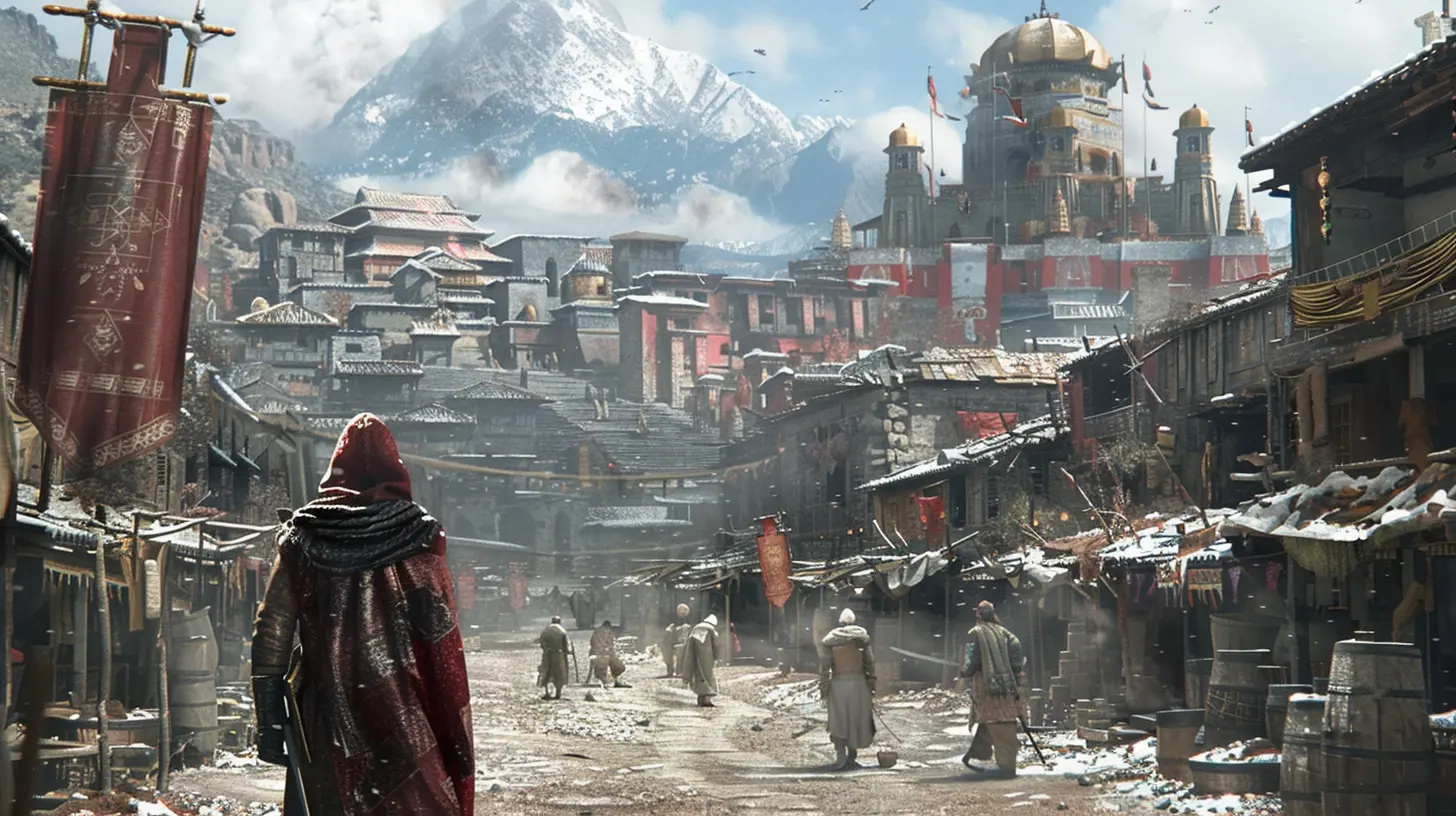
The Impact of Authentic Representation
When done right, authentic cultural representation can be a game-changer—literally. It enhances player immersion, fosters cross-cultural understanding, and even broadens the appeal of games to international audiences.Take Black Panther as an example (yes, I know it’s a movie, but stick with me here). Its rich portrayal of African culture struck a chord worldwide. Imagine a gaming equivalent—one that unapologetically celebrates a culture while delivering an unforgettable experience. The result? Players walk away not just entertained, but enriched.
Authenticity also builds trust between developers and players. When gamers see that a studio respects and values the culture it’s portraying, it fosters loyalty. People remember when a game made them feel seen—or when it made them see the world in a new light.
The Ripple Effect on the Industry
The push for authentic cultural representation isn’t just a trend; it’s reshaping the gaming industry. Developers are realizing that diversity isn’t just ethical—it’s profitable. Games like Horizon Zero Dawn and Sekiro: Shadows Die Twice prove that there’s a huge appetite for stories rooted in unique cultural settings. And as the industry leans into this demand, we’re witnessing an exciting new era of storytelling.Final Thoughts
At the end of the day, authentic cultural representation in realistic games isn’t about pandering or ticking diversity checkboxes. It’s about telling stories that resonate, build bridges, and offer players something they can’t find anywhere else—a glimpse into a world that, while fictional, feels profoundly real.So next time you boot up a game and find yourself marveling at how the world feels alive, take a moment to appreciate the effort that went into it. Authentic representation doesn’t just happen—it’s crafted with care, respect, and a whole lot of love. And guess what? We, as players, deserve that.
all images in this post were generated using AI tools
Category:
Realism In GamesAuthor:

Greyson McVeigh
Discussion
rate this article
1 comments
Oriana O'Neal
Authentic cultural representation isn't just a bonus in gaming—it's essential. Games with genuine narratives enrich player experiences, challenge stereotypes, and foster understanding. Let's stop settling for stereotypes and demand stories that truly reflect the world's diverse tapestry. It's time for real change.
September 7, 2025 at 2:19 PM

Greyson McVeigh
I completely agree! Authentic cultural representation is crucial in gaming. It not only enhances storytelling but also promotes empathy and awareness, paving the way for richer, more inclusive experiences.
